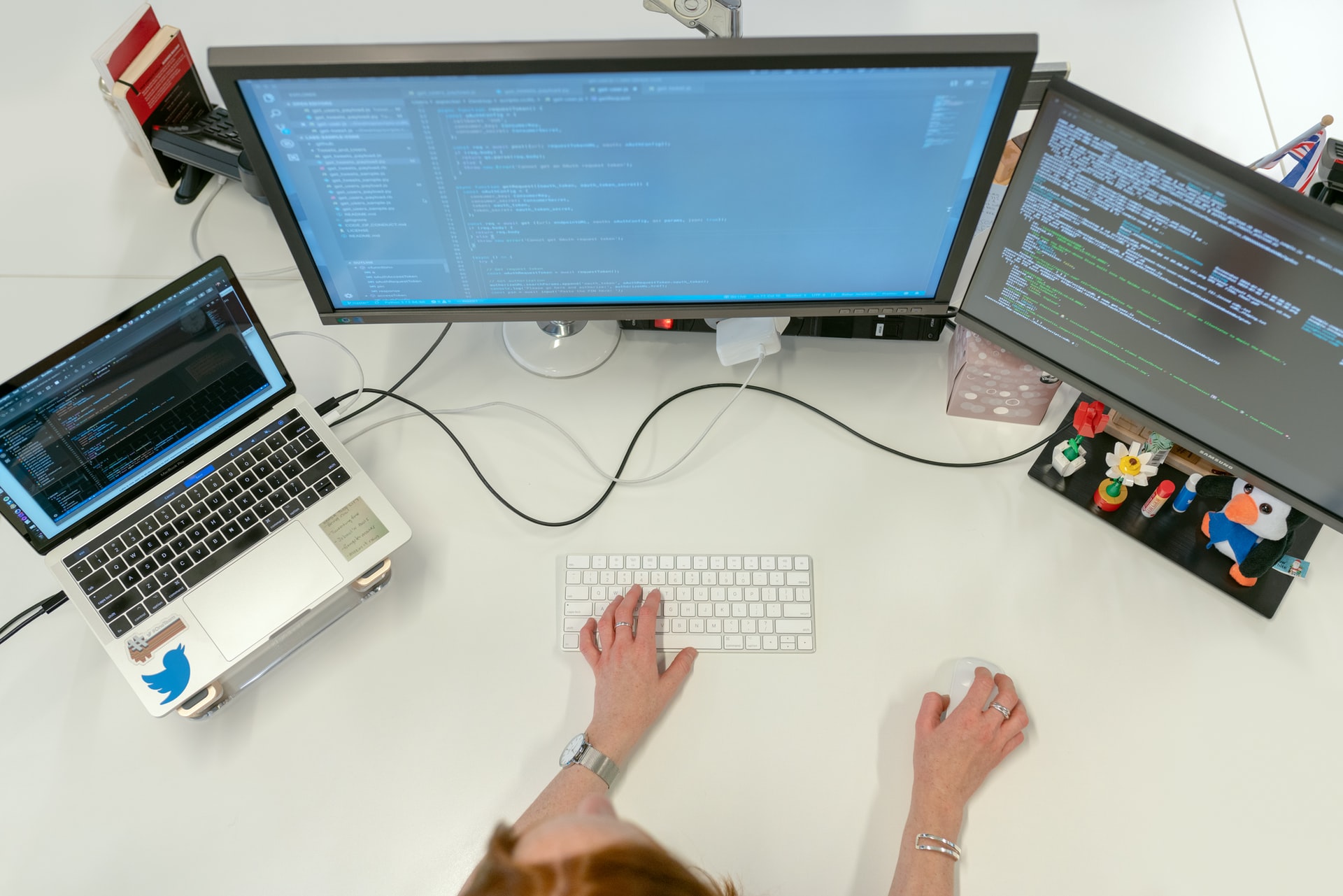Startup founders and regular business owners should pay attention to the hottest trends in software development. If you want to maximize the impact of new technologies to stay ahead of your competition, partner with a software development service company that evolves with the industry. Responding to the changes in the technological landscape and increasingly sophisticated customer demands will help you discover new opportunities for growth. Are you planning to build a new app or improve an already existing one? Let’s take a look at technological breakthroughs and market trends that will dominate 2022.
Starting With the Cloud
Public and hybrid clouds are the new norm. Businesses opt for cheaper, scalable infrastructure supported by experienced IT teams. Whether it’s a private company, government agency, startup, or NGO, starting with the Cloud is a viable strategy for enterprises of all sizes. Public cloud providers allow users to enjoy the latest developments and innovations in security, performance, and accessibility. According to experts, the revenue of cloud service providers will increase by 15% to 20% in 2022.
The hybrid or multi-cloud approach will continue to gain popularity. Relying on several cloud providers instead of just one helps teams avoid vendor lock-in and allows them to use the best options from every vendor. New tech startups will focus on creating tools that will help entrepreneurs manage apps and infrastructure distributed across several cloud platforms. Software makers will adapt to this trend by shifting towards a platform-agnostic style of development.
Cloud-native development will become the industry standard since almost every app will be connected to a cloud platform. Even professional software suites and development tools will move to the cloud. This trend will continue to gain momentum and will eventually overtake desktop software development.
Expanding Business Presence in the Digital Space
Even conventional businesses like food or clothing stores will increasingly rely on digital space to deliver their goods and services. Keeping in touch with the customer beyond the physical premises of a business became even more important during the lockdowns caused by the COVID-19 pandemic. Having a functional delivery system, providing regular updates, enhancing the digital shopping experience, and staying connected 24/7 is necessary for any business that wants to survive and thrive in 2022.
On-demand delivery apps continue to be one of the hottest trends. Almost 40% of customers in the US report relying on delivery apps for their regular shopping needs. People became used to purchasing necessities, entertainment, or banking services anywhere and anytime, not just during standard business hours. Even if you run a small business, consider developing specialized software or using a third-party solution that allows you to serve your customers when it’s convenient to them.
Relying on Cybersecurity Innovations to Combat Threats
According to experts, ransomware attacks alone cost businesses large and small $6 trillion in 2021. This worrying trend will continue growing in 2022 and beyond. Relying on regular firewalls and one-size-fits-all malware software is simply not enough. Businesses will have to constantly test their digital platforms and infrastructure to find vulnerabilities. Security testing will become an integral phase during the development process itself. Using zero trust architecture and cybersecurity mesh will become more important as most apps will be accessed remotely from various devices. New features will include adaptive access control and distributed security microservices.
Going From the Internet of Things to the Internet of Behavior
The Internet of Things is here to stay. It’s also going to become more personalized by tracking user behavior. According to experts, almost 40% of global IoT users will rely on adaptive personalized services that will learn to respond and anticipate their needs. The IoB will analyze user behavior and gather data from all connected devices to calculate patterns and predict future interactions. Streaming services, online shops, and ad agencies will utilize sophisticated IoB algorithms to show personalized product lists and recommendations based on how users react to similar materials. The goal is to increase and improve the quality of engagement.
Democratizing Software Development With Low-code Platforms
Similar to website builders designed for users with little to no coding experience, low-code platforms will allow businesses to build software quickly and with ease. To use them you need a basic knowledge of programming, an understanding of algorithms, and app logic. Demand for software development continues to grow at a faster rate than the supply of capable coders. Smaller businesses and startups will switch to low-code development to create their prototypes, minimal viable products, and proofs of concept.
The low-code approach has its limitations. If you are planning to build a software product that will be able to scale, evolve and stand the test of time, “going low-code” is not the best way. However, it’s a perfect fit when you follow the model-driven development strategy. A wise approach would be to test your business ideas with rapidly built low-code solutions and then switch to regular software development.
Using Automatic Machine Learning Without Relying on Experts
Automatic Machine Learning (No-Code AI or AutoML) is another hot trend in business software development. Since there are not enough ML experts on the market right now, businesses opt for simpler automatic solutions that will cover their needs without blowing the budget. In many ways, the situation is similar to the rise of low-code platforms. AutoML can improve the scalability of your app or platform by testing algorithms to find the one that works best. Its main areas of application are data-driven marketing and analyzing user behavior. The Automatic Machine Learning market is expected to reach $15 billion by 2030.
Reducing Development Time With AI
Artificial Intelligence can help developers automate tedious, repetitive tasks to focus on more creative and rewarding work. Programmers already use popular NLP libraries like GPT-3 to automate testing and coding. Experts predict an increase in AI-powered programming assistants that will be able to generate the source code during the initial development stage. While most of these assistants are yet to mature, the possibilities look promising. According to more optimistic forecasts, 2022 might be the year AI-assisted software development will see some mainstream use.
















